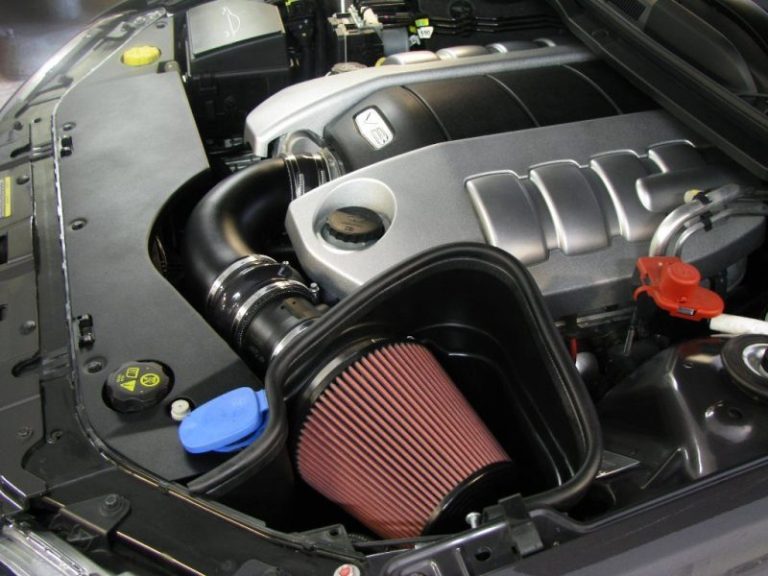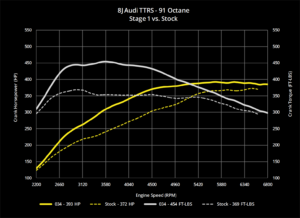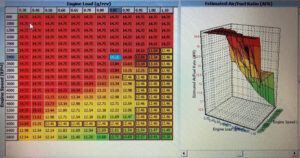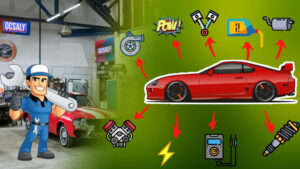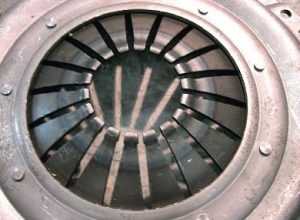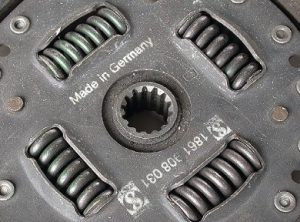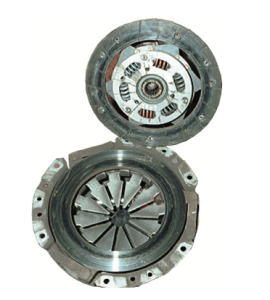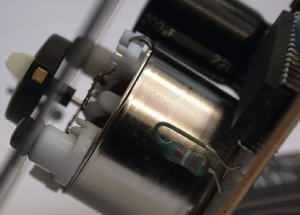Air supply components in cars are essential for the proper functioning of the vehicle’s engine. The engine requires a precise mixture of fuel and air to run efficiently, and air supply components play a critical role in ensuring that the air going into the engine is clean, filtered, and at the right temperature.
The primary air supply components in a car are the air filter, intake manifold, throttle body, and mass airflow sensor.
- Air Filter: The air filter is the first line of defense against dirt and other debris entering the engine. It is usually made of paper or foam and traps dust, dirt, and other particles before they can enter the engine. A clogged air filter can cause reduced engine performance and increased fuel consumption.
- Intake Manifold: The intake manifold is responsible for delivering the filtered air from the air filter to the engine. It is a network of tubes that distributes the air evenly to the cylinders. The intake manifold can be made of different materials, such as plastic or aluminum, and may have a design optimized for performance or fuel efficiency.
- Throttle Body: The throttle body is the valve that regulates the amount of air entering the engine. It is controlled by the accelerator pedal and adjusts the airflow to match the engine’s demand. The throttle body may have additional features, such as an idle air control valve or a coolant passage, to help regulate the engine’s idle speed.
- Mass Airflow Sensor: The mass airflow sensor measures the amount of air entering the engine and sends the information to the engine control unit (ECU). The ECU uses this data to adjust the fuel injection and ignition timing to maintain optimal engine performance. The mass airflow sensor can be a hot-wire or a hot-film type, depending on the car’s make and model.
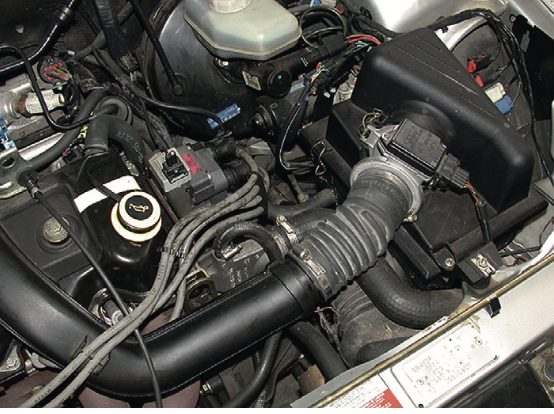
Other air supply components in cars include the air intake ducts, air temperature sensor, and air cleaner housing. Some cars may also have additional components, such as a turbocharger or supercharger, that increase the engine’s airflow and power output.
It is essential to maintain the air supply components in a car to ensure optimal engine performance and fuel efficiency. The air filter should be checked regularly and replaced if necessary, usually every 10,000 to 15,000 miles. The intake manifold and throttle body should also be inspected for any signs of wear or damage, and cleaned if necessary. The mass airflow sensor may require cleaning or replacement if it becomes dirty or fails.
In conclusion, air supply components play a crucial role in the proper functioning of a car’s engine. Maintaining these components can help ensure optimal engine performance, fuel efficiency, and longevity. Regular maintenance and replacement of these components can prevent costly repairs and keep your car running smoothly.
- Air Filter:
The air filter is typically made of paper or foam and is located in the air cleaner housing. As air enters the engine through the intake manifold, it first passes through the air filter, which removes dirt, dust, and other particles from the air. The air filter ensures that only clean, filtered air enters the engine. Over time, the air filter can become clogged with dirt and debris, which can reduce airflow and negatively impact engine performance. A dirty air filter can also increase fuel consumption, as the engine has to work harder to draw in air. It is important to replace the air filter periodically, usually every 10,000 to 15,000 miles, to ensure optimal engine performance and fuel efficiency.
- Intake Manifold:
The intake manifold is a series of tubes that distribute the filtered air from the air filter evenly to each cylinder in the engine. The intake manifold may have a plenum chamber, which acts as a reservoir for the air before it is distributed to the cylinders. Some cars may also have a variable intake manifold, which can adjust the length and shape of the tubes to optimize airflow and improve engine performance at different engine speeds. The intake manifold can be made of different materials, such as plastic or aluminum, and may have a design optimized for performance or fuel efficiency.
- Throttle Body:
The throttle body is the valve that regulates the amount of air entering the engine. It is typically located at the entrance to the intake manifold and is controlled by the accelerator pedal. When the accelerator pedal is pressed, the throttle body opens, allowing more air to enter the engine. When the accelerator pedal is released, the throttle body closes, reducing the amount of air entering the engine. The throttle body may also have an idle air control valve, which adjusts the airflow to maintain a steady idle speed when the car is stopped. Some cars may also have a coolant passage running through the throttle body, which can help regulate the temperature of the air entering the engine.
- Mass Airflow Sensor:
The mass airflow sensor measures the amount of air entering the engine and sends this information to the engine control unit (ECU). The ECU uses this data to adjust the fuel injection and ignition timing to maintain optimal engine performance. The mass airflow sensor can be a hot-wire or hot-film type, depending on the car’s make and model. Hot-wire sensors use a thin wire heated by an electric current, and the amount of current required to maintain the wire’s temperature is proportional to the airflow. Hot-film sensors use a thin film heated by an electric current, and the film’s resistance changes with airflow. The mass airflow sensor can become dirty over time, which can cause inaccurate readings and negatively impact engine performance. It is important to clean or replace the mass airflow sensor if it becomes dirty or fails.
Other air supply components in cars include the air intake ducts, which connect the air filter housing to the intake manifold, and the air temperature sensor, which measures the temperature of the air entering the engine. Some cars may also have additional components, such as a turbocharger or supercharger, which increase the engine’s airflow and power output.
In summary, air supply components are critical for ensuring that the engine receives clean, filtered air at the right temperature and volume. Proper maintenance and replacement of these components can help ensure optimal engine performance, fuel efficiency, and longevity. If you have any questions or concerns about the air supply components in your car, it is best to consult with a qualified mechanic.
Advantages:
- Improved engine performance: The air supply components in cars, such as the air filter and intake manifold, ensure that the engine receives clean, filtered air at the right temperature and volume. This can improve the engine’s performance and power output.
- Better fuel efficiency: By ensuring that the engine receives the right amount of air, the air supply components can help improve fuel efficiency by reducing the amount of fuel needed to maintain optimal engine performance.
- Longer engine life: Clean, filtered air can help reduce wear and tear on the engine components, which can prolong the engine’s lifespan.
- Eco-friendly: By improving fuel efficiency, the air supply components can also help reduce emissions and make cars more environmentally friendly.
Disadvantages:
- Maintenance and replacement: The air supply components, such as the air filter and mass airflow sensor, require regular maintenance and replacement. This can add to the cost of owning a car and may require a qualified mechanic.
- Failure can negatively impact engine performance: If any of the air supply components fail, it can negatively impact engine performance and fuel efficiency. This can also lead to increased emissions and potential damage to the engine over time.
- Limited compatibility: Some air supply components may only be compatible with certain makes and models of cars, which can limit options for replacement parts.
- Limited performance gains: While the air supply components can improve engine performance, the gains may be limited depending on the car’s design and other factors such as exhaust restrictions.
In summary, the air supply components in cars provide numerous benefits, including improved engine performance and fuel efficiency. However, they also require regular maintenance and can fail, negatively impacting engine performance. It is important to keep up with maintenance and replacement of these components to ensure optimal engine performance and longevity.

